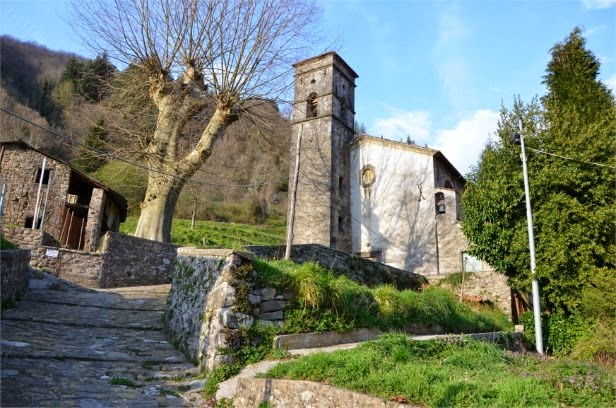Description
Gragliana is a small hamlet in the municipality of Fabbriche di Vergemoli and is located 455 m above sea level on the left bank of the Turrite Cava River. The small hamlet, formerly known as Vallombrosa, was in the Middle Ages an important refreshment point for those crossing the Apuan Alps. Here stood the hospice of Garilliano, dedicated to Saints Mark and Lunardo, a place devoted to the refreshment of wayfarers, swept away by the waters of the Turrite Cava stream in the 16th century. The parish church was later built here and renovated in 1845. There is a sports field and an equipped playground area frequented especially in the summer period. There are also different commercial activities in the village that are very important for the area, such as the trout farm and the bakery for the production of bread and cakes.
The territory of Gragliana is rich in water and it is no coincidence that one of the last traditional ironworks in Italy operated here. The flourishing of ironworks and mills was linked to the presence of the chestnut tree, which provided coal and food for local people. In fact, just a few kilometers from the town of Gragliana, along the right bank of the Turrite Cava stream, surrounded by green woods, there was an ancient "Distendino," a characteristic craft workshop for the production of iron tools. The particular characteristic of the activity was due to the fact that the raw iron was transformed into the required shapes, exclusively by employing the energy produced by the water collected in a reservoir located upstream of the building which moved a shovel that operated a heavy mallet and the bellows that supplied oxygen to the forge. The F.lli Graziani for years practiced the activity with the same gestures handed down over time to produce hoes, spades, scythes, sought after by farmers for their strength, and the traditional "testi," indispensable tools for those who want to cook necci, focaccia leve and crisciolette.

